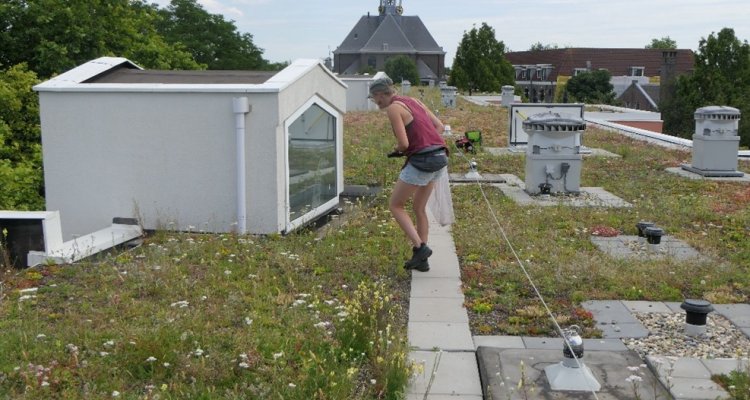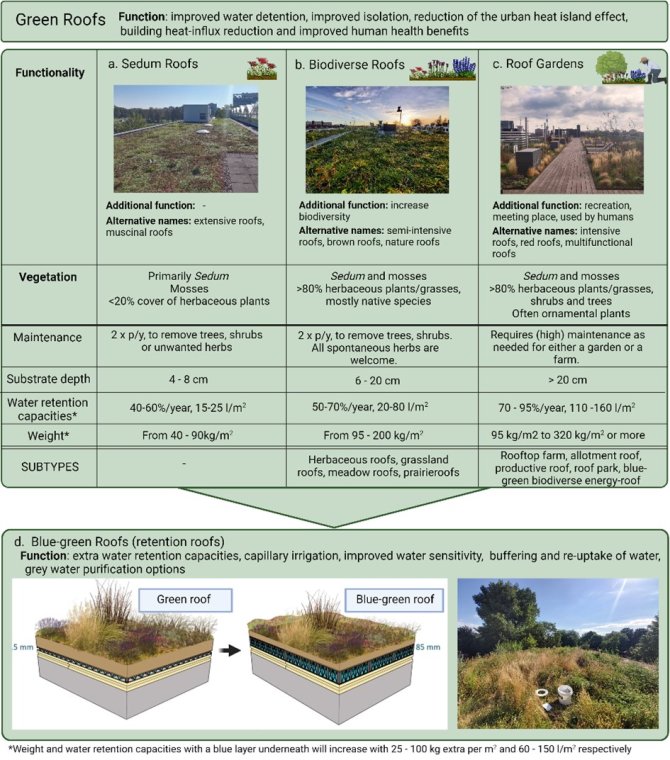
Project
The ecology of green roofs
Green roofs are roofs with a layer of soil and planted vegetation. To investigate how an ecosystem can form in these isolated habitats, we collect data on the insects, plants and soil biota of green roofs. Over time - through process of succession and natural selection - a specific roof-community is expected to form, adapted to the conditions of the roof.
Green roofs are a novel technology to mitigate many of our urbanization problems; like the Urban Heat Island effect, flooding and biodiversity loss. The biodiversity gain that green roofs could facilitate needs to be investigated properly. The species that green roofs harbor and the complicated interactions between species that take place need to be mapped and understood in order to improve the quality of the biodiversity of green roofs.
In this project we specifically look at how insect, plant and soil communities develop over time on eight vegetated roofs in Amsterdam. By conducting t-0 measurements – collecting data just after construction of the roof – and monitoring these roofs over the course of three years, we will investigate how the roof communities develop. We expect that the networks (relations) between species will become more connected over time, which we will test using a network analysis approach. Collected specimens are identified to species level which will give information on their ecology, revealing their relationship with the roof habitat.

